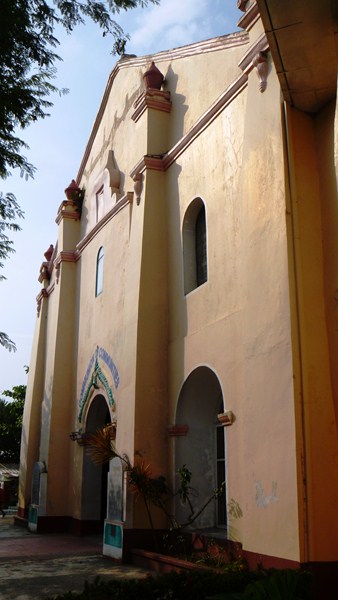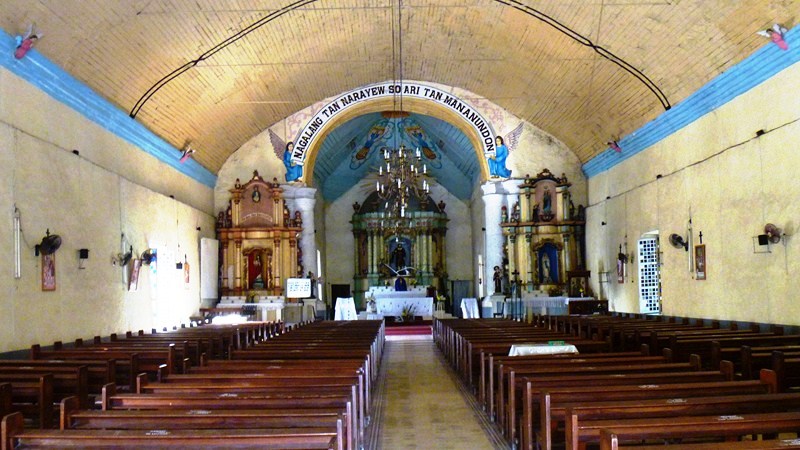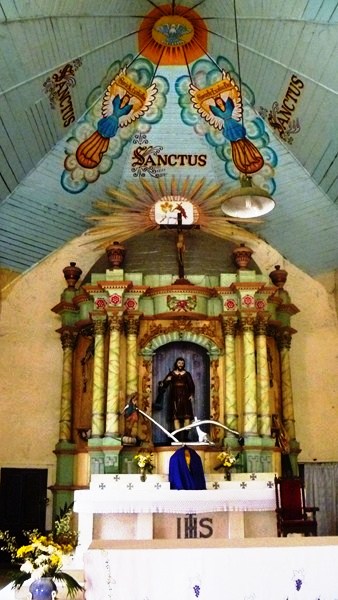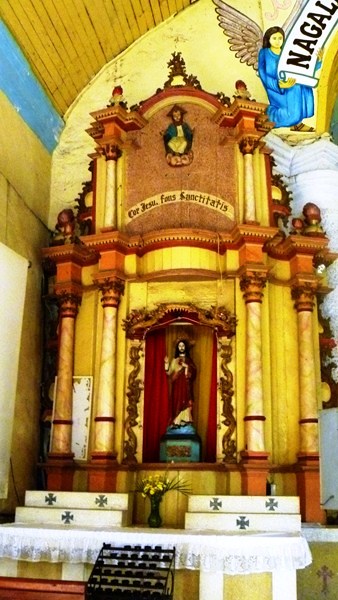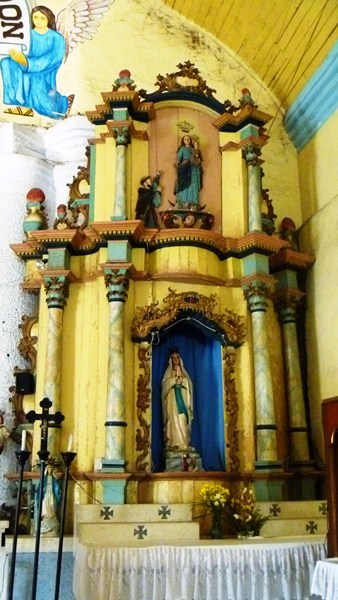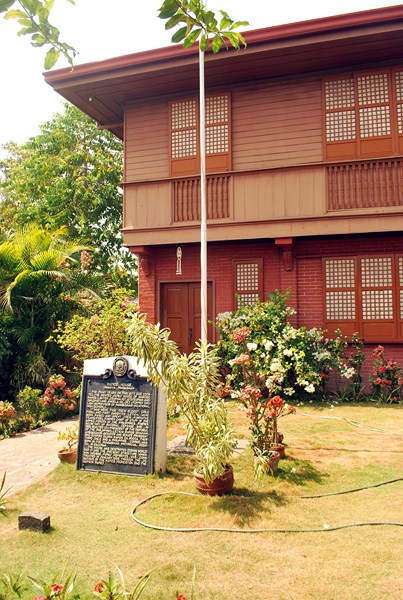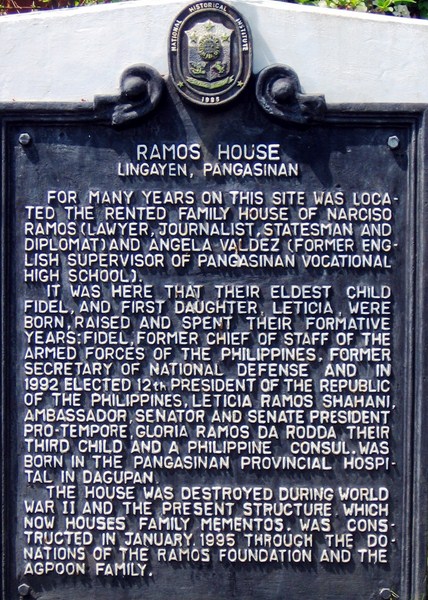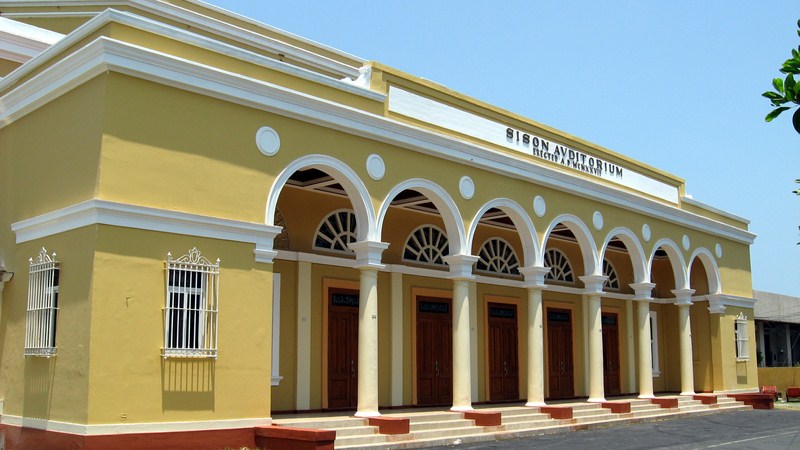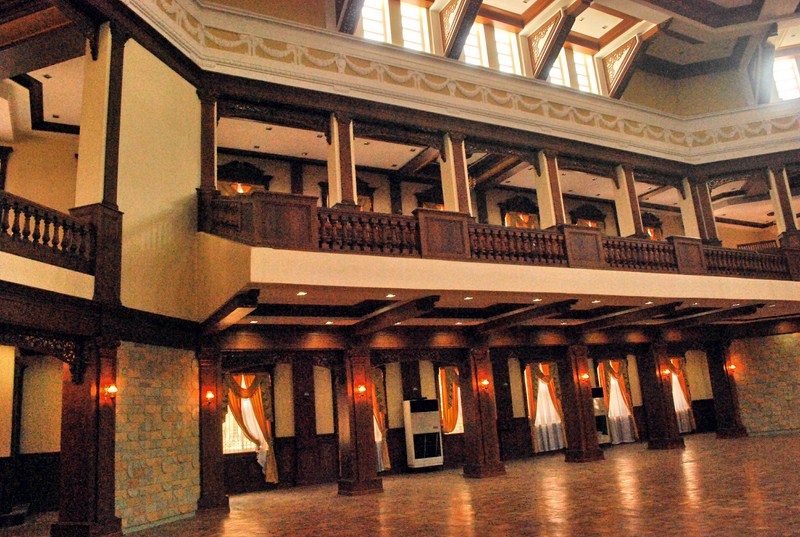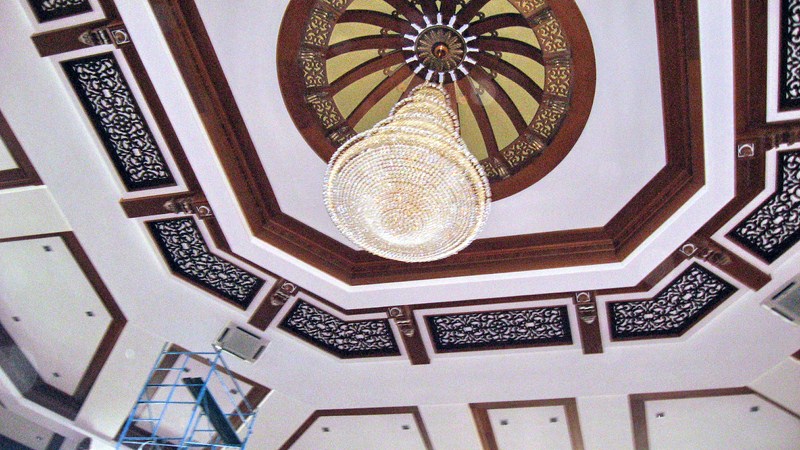 |
| Cape Bolinao Lighthouse |
After our visit to Bolinao Marine Laboratory, we were invited by our host for lunch at Bolinao‘s Tourist Center. After lunch, we next drove up a 107–m. (351-ft.) high promontory in Brgy. Patar called Punta Piedra Point. On top was the century-old Cape Bolinao Lighthouse, built by American, Filipino and British engineers in 1903 and one of 5 major lighthouses in the country. The original apparatus was made in England and its lantern, with three wicks and chimney, was imported from France. This 30.79-m. (101-ft.) high lighthouse, the second tallest lighthouse (after Cape Bojeador Lighthouse in Burgos, Ilocos Norte) in the country and 1 of 2 in the town (there is another small lighthouse in Guiguiwanen, Brgy. Luciente 1), guards the entrance to Lingayen Gulf and its light, could be seen 44 kms. (26 miles) out. It is operated by the Philippine Coast Guard (PCG).
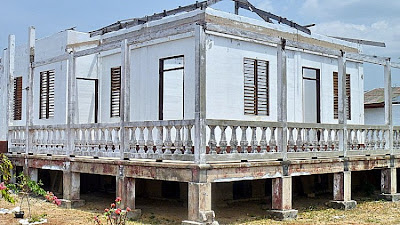 |
| Destruction wrought by typhoon Emong |
During the lighthouse’s first 80 years of operation, it was fueled by kerosene . When the Pangasinan I Electric Cooperative extended its power lines to Patar, the lanterns were powered by electricity. Just like my first visit in 2005, I wasn’t able to climb its 134-step winding stairway as its gate was locked and the caretaker nowhere to be found. It was also depressing to see the destruction wrought by Typhoon Emong which unroofed its administration building. Solar panels which recharged its two beacon lights, set up via a 1999 loan package extended by the Japanese government, were also destroyed. Just the same, the lighthouse still remains an attraction by itself. Spectacular sunsets and the deep blue sea can be watched at its view deck.








